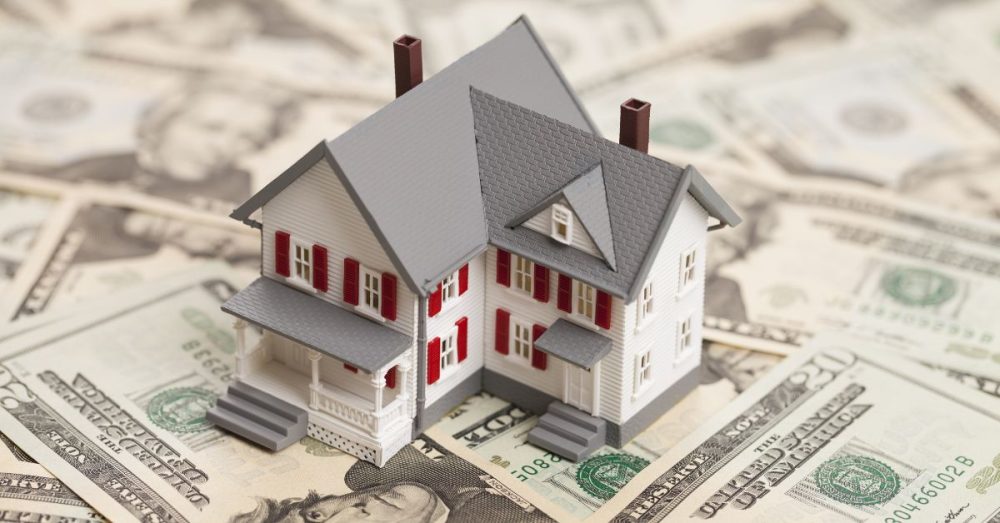Record-high prices might be remembered as the hallmark of the Biden era.
Consumers have been struggling to pay their bills, paying 22% more in rent since 2021. Grocery stores might need to install defibrillators because of sticker shock, as the price of eggs is up 85% since 2021, while the price of butter is up 29%, and the price of flour is up 29%.
In its latest quarterly reporting, PepsiCo said that sales of snack products had declined, blaming it on consumers being turned off by rising prices, reported NPR.
“You go in for one thing, and you come out, and it’s $45,” shopper Cindy Seinar told NPR about her shopping experience.
Add to that the “shrinkflation” that has taken place, as previously reported by The Dallas Express, and things get really frustrating.
“Sugar is only 4 pounds,” Seinar said. “You’re not even getting a 5-pound bag anymore.”
Home prices are no exception, as they keep hitting one record high after another with each passing month. Despite home sales falling in June to nearly the slowest pace since 2010, prices just keep rising. Business Insider reports on the state of the real estate market. Here’s the start of the story:
The pace of existing home sales fell close to a record low in June as record-high prices and persistently high mortgage rates turned buyers away.
Data from the National Association of Realtors shows that sales slumped 5.4% from May to June, hitting an annualized rate of 3.89 million. That marks the one of the slowest paces since 2010.
Adding to the reluctance of buyers was a second straight monthly record for home prices. The median existing-home price surging 4.1% year-to-year to $426,900.
The two dynamics are combining to worsen a long-standing logjam in the housing market. While the issue was once a lack of inventory, home sales have stayed stagnant even as more units have come available. It’s likely buyers are waiting for interest rates to start declining.
“Homes are sitting on the market a bit longer, and sellers are receiving fewer offers,” NAR chief economist Lawrence Yun said in the report. “More buyers are insisting on home inspections and appraisals, and inventory is definitively rising on a national basis.”


